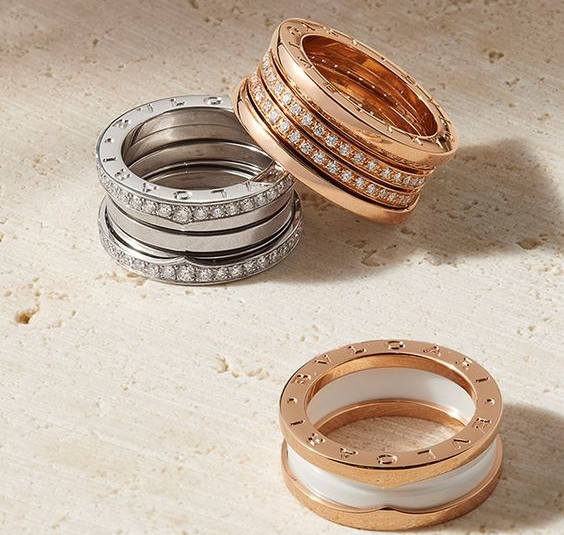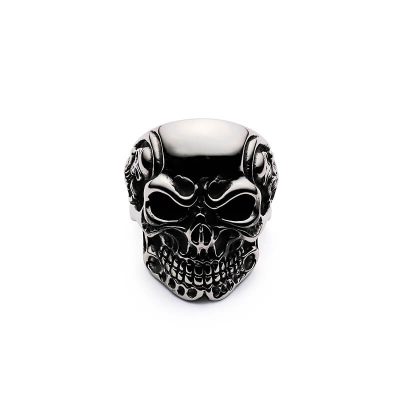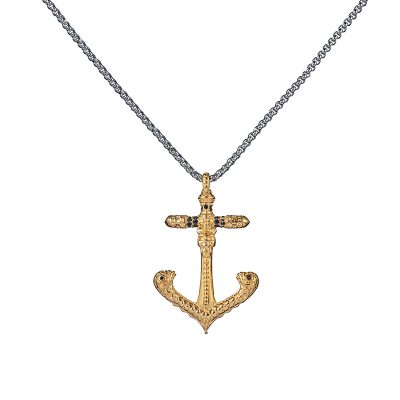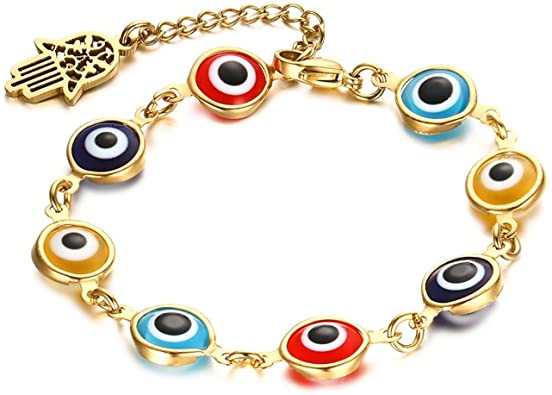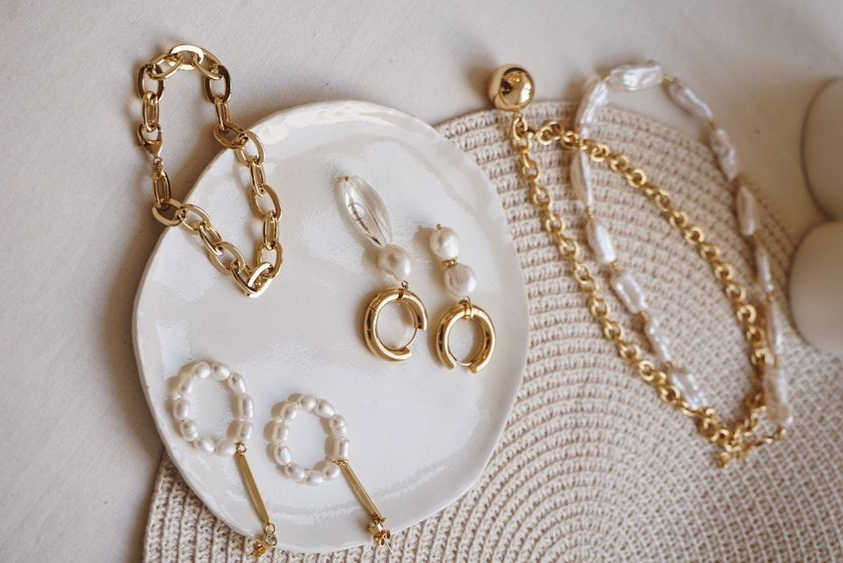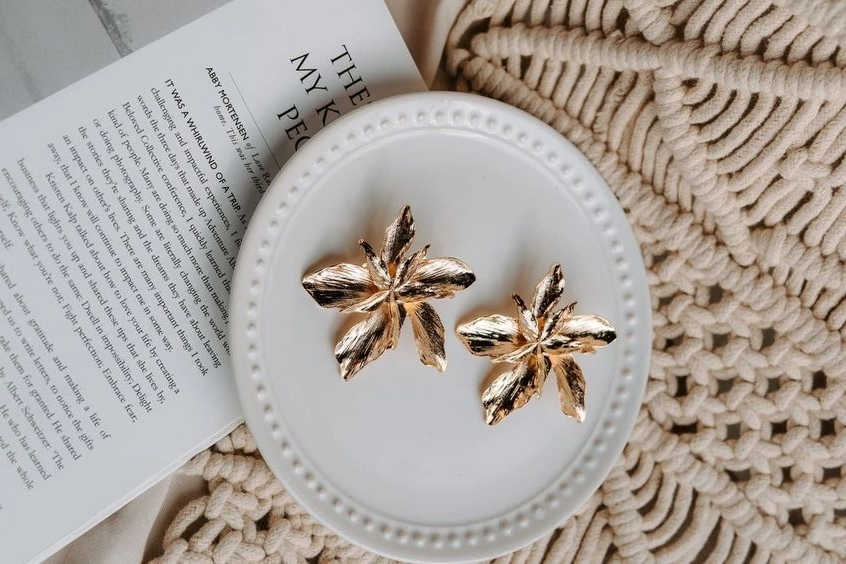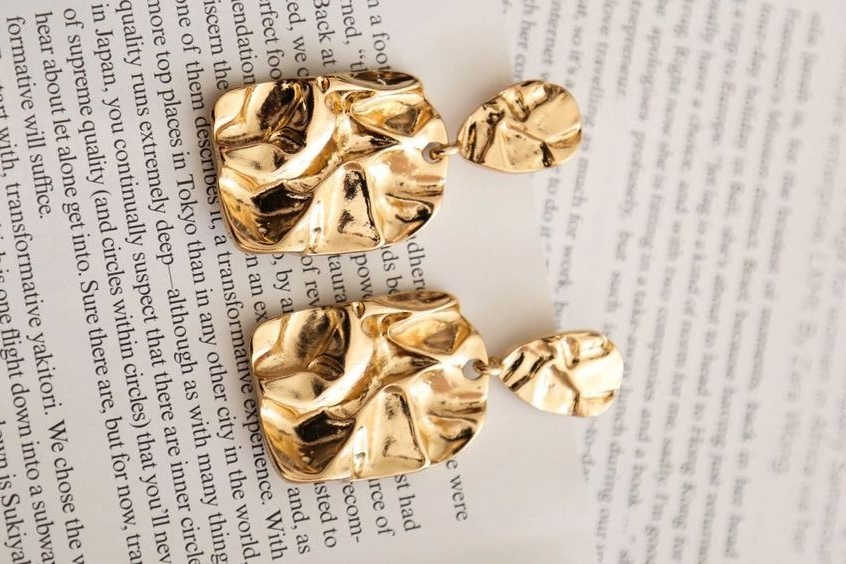Titanium Body Jewelry
Titanium is an even higher grade of metal than implant-grade stainless steel. It is not an alloy, so it does not have any nickel in it at all. This makes titanium jewelry the best option for people that react to stainless steel. Titanium jewelry happens to be lighter than stainless steel jewelry, and some people choose titanium for that reason alone.
A unique feature about titanium and titanium body jewelry is that it can be anodized to make the metal a different color. Pretty much every color of the rainbow is an option, and then some. Titanium jewelry does cost more than stainless steel jewelry, but it has the added value of having a high level of quality and the assurance that the healing tissue won’t get irritated.
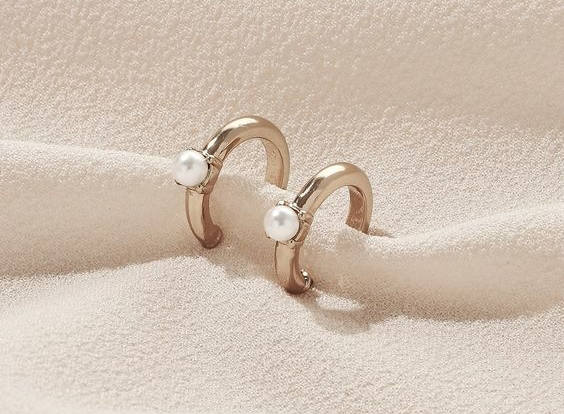
Is it a good idea to buy titanium jewelry?
In the end, you just want to know whether it is safe to use the titanium jewel. Titanium is popular because they are safe and have a twitch of class to them.
- It‘s for those with allergies.
If you experience any form of allergies when you are wearing jewels, you know what we are talking about. It’s never comfortable to use jewels, which has led most women to stop using jewels. You can opt for the medical-grade jewels instead, but other than that, titanium has proven to be the best and effective.
I know there are other metals you can choose that are also nickel-free, but titanium will offer you more advantages. It contains no alloys, which then means that it will never react with your skin.
It’s ideal if you are going to use the jewels for the first time on your piercings. Although it’s costly, you can be sure it remains safe on your skin.
- Titanium is lightweight
Its lightweight makes it even more beneficial since it doesn’t feel like the regular metal. You will, in fact, like that it’s comfortable to wear and use. If you like heavy jewels, that’s good for you, but for those like me who want light, we can use titanium.
Even then, the titanium is hard and durable, making it easy to use over a long time.
- It’s colorful
Contrary to most metals that will come in a single color, this one comes in different colors. So if you want it in a different color, you can choose to anodize it, and that will then form multi-colors. It has all the safe colors for your jewels.
It will never compromise your health even if you used it directly on your pierced skin.
Pros And Cons of the Titanium
Titanium Pros
- The metal is very strong, and it comes in a silver-ish color, but you can have it anodized to create different colors. Mostly it will come in blue, purple, yellow, or even rainbow colors.
- Even if you anodize it, then you can never damage its quality.
- This metal is a solid piece, in fact, much stronger than most other metals.
- You will like it’s malleable and easy to shape too.
- It’s corrosion-resistant, which also means you will not have it rust.
- It’s lighter in weight, and it has low thermal conductivity.
Titanium Cons
- It’s costly than most jewels
Why titanium’s the best option
There are a few materials approved by the Association of Professional Piercers (APP), but implant-grade titanium is the one most piercers recommend for initial piercings. Here’s why:
- It’s nickel-free. Nickel is the most common contact allergen in the world, according to the European Centre for Allergy Research Foundation. It’s regularly found in jewelry for piercings. Titanium doesn’t contain any nickel, which makes it safe for people with sensitive skin or a nickel allergy.
- It has a high strength-to-density ratio. In other words, titanium is considerably less dense than stainless steel and other metals, but just as strong (if not more so). This makes it durable and less likely to bend or break.
- It’s lightweight. That low density we just talked about is what makes titanium jewelry lighter than those made with other metals.
- It can be anodized. Titanium’s dark metallic color is cool as is. But unlike other stainless steel, you can get titanium in other colors. This is done through anodizing, an electrochemical process that changes the surface color while maintaining safety.
Stainless Steel Jewelry
Surgical-grade stainless steel and implant-grade stainless steel are the two types of steel used for body jewelry. Surgical-grade stainless steel (or 316L stainless steel) is the most commonly used steel and it typically doesn’t cause any complications for most people. Steel is a metal alloy, so surgical-grade stainless steel body jewelry contains a small amount of nickel. Even this small amount can cause irritation or even an allergic reaction in people who are very sensitive to it. Implant-grade stainless steel (ASTM F138 compliant) is a higher grade of steel, and it has a much lower level of nickel in it. The lower level of nickel makes it a better choice of steel, but it can still pose a problem for those who are really sensitive to metals or have a metal allergy. In that case, titanium jewelry is a great option.
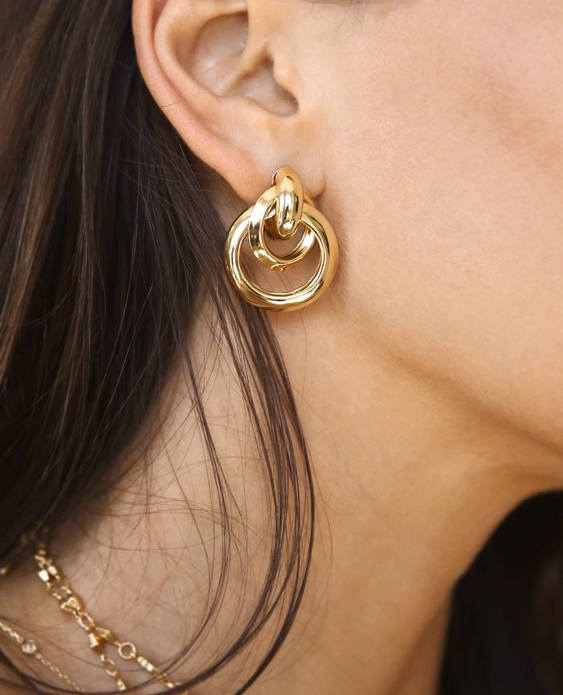
- It contains lesser nickel if any than stainless steel
One of the worst elements to have in your jewelry if you have sensitive skin is the nickel. And even though stainless steel is a high metal that creates jewels, it contains nickel in higher quantities than surgical steel and titanium.
- And with that said, is it a good idea to buy the surgical steel jewel
If you can find the best quality stainless steel, then you are good to go. And this often includes the surgical steel type of jewels.
It will often depend on your body of those who are sensitive; you should keep off the nickel. If you are sensitive to nickel, you should use surgical stainless steel with shallow nickel metal. Also, it won’t come to contact with your skin.
Also, you should make sure you choose only the highest quality one, and if not, then you can select the titanium that is free of nickel. It’s also the safest metal to use if you have allergic skin.
If you don’t have a skin reaction problem, you can choose stainless steel of any kind. Nonetheless, the clever ones know they should always use high-quality metals.
Pros and Cons of the Surgical Steel
Surgical Steel Pros
- It comes in different grades giving you the leeway to choose the one that works for you.
- It won’t cause an allergic reaction.
- It has a higher level of a shine than titanium.
- It’s readily accessible but also affordable.
- Its corrosion, tarnish, and scratch-resistant, and that means it will last longer.
- It’s easy to wear and maintain too.
Surgical Steel Cons
- With years coming, the jewel will lose its shine unless you polish it.
- It has a high melting point, which means it’s not easy to resize it.
- Be wary of counterfeit surgical steel items.
The Difference Between Stainless Steel And Titanium Jewelry
Real Love and Real Titanium
“Commercial pure” and “aircraft grade” refer to types of available retail titanium. The latter contains some other metals, such as vanadium, chromium, nickel, and aluminum. Titanium is a popular and modern choice, as titanium rings hit the market around the 1990s.
As a result, they embody modernity, taste, and trendiness that remains in style as a wedding band. Titanium is approximately three to four times stronger than stainless steel, which means its lifespan over generations is slightly longer. However, titanium can scratch, so its care entails routine polishing, or it risks becoming dull and marred.
Shiny, Happy Stainless Steel
Stainless steel is virtually scratch-resistant. This means you can travel, work, play, or engage in everyday activities while wearing stainless steel rings and not worry. It also means you are more likely to pass down your stainless steel rings unblemished.
Stainless steel does have one caveat: It has a tendency to rust when exposed to moist conditions, such as high humidity on an ongoing basis, sweat, and contact with water. Working out, swimming, and other water sports may result in stainless steel that looks more brownish than starry.
Intermittent polishing and upkeep are all that is required to maintain the luster and newness of your stainless steel ring.
High Density and Light Expense
Titanium is, for the most part, denser than stainless steel. This makes it a more substantial metal alloy overall. Consequently, titanium is typically more expensive than stainless steel per price point. At the same time, this means that jewelry makers use less titanium per ring, as smaller amounts have densities equal to stainless steel, which is usually less dense.
Naturally, the added features of a ring, such as stones and unique design, alter its price regardless of its base metal. If you’re leaning toward rings that are profound and ceremonial but economical, consider stainless steel. This gives you the option of upgrading the ring down the line. If price isn’t necessarily an object, and you’re in the market for “The Forever Ring,” peruse titanium rings.
Making Your Mark
It’s quite natural to engrave keepsake rings, especially one-of-a-kind titanium rings and stainless steel rings. Unlike gold rings for men and women, it’s best to engrave both stainless steel and titanium rings with laser engraving techniques.
Bear this in mind when you shop. While most jewelers offer laser engraving, some do not, and this affects when, where, and how costly it might be to personalize your prize ring.
The Color of Comfort
Titanium is rather skin-friendly since it isn’t usually mixed with other allergenic metals, so even people who are prone to metal allergies can wear titanium without worry. This is a crucial point to remember when shopping for a showstopper.
Titanium is also particularly popular among men, according to sales statistics. Men value its lightness, brilliance, strength, and longevity. Men’s titanium rings are but one item in a series of popular men’s titanium jewelry products, which also include bracelets and watches.
It’s Always the Thought That Counts Most
Whether you’re in the market for engagement rings, men’s wedding bands, or men’s diamond rings, both stainless steel and titanium are viable options. Choose that one that best agrees with your current needs, finances, and long-term plans. With both choices, you can’t go wrong, providing you choose with your heart.
Surgical Steel Vs Titanium Body Jewelry for Sensitive People, Which one will it be?
Now you know it all from this article, but you will need to decide which metal works best for you.
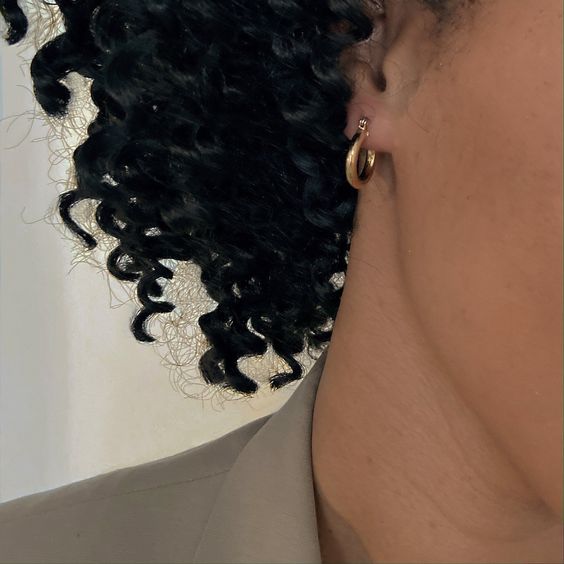
Notice that both the titanium and surgical steel are great; therefore, you will choose one based on your preference.
Surgical Steel as a Body Jewelry Material
Surgical Steel is one of the most popular body jewelry materials. Surgical Steel is a type of stainless steel with specific alloys. Some of these alloys include nickel, which is why generic stainless steel should not be used for jewelry.
In order to produce body-friendly material that can be used for body jewelry and implants, steel has to be treated in specific ways. What is colloquially known as Surgical Steel is a material with specific alloys and properties. There are many different grades of Surgical Steel but only a few are body-friendly and suitable for body jewelry.
The only body-friendly grades are 316L and 316LVM Surgical Steel. These are low-carbon Surgical Steel materials. They do contain alloys, however, the alloys are trapped inside the material through special process so they cannot be released from the metal.
Allergic reactions, when they occur, are rarely due to the Stainless Steel but from other factors (most commonly from mechanical irritation or harsh cleaning products). Some people, however do have allergies to the nickel found in the metal. Polishing the steel to a mirror finish results in a protective layer of chromium oxide that helps keep the nickel content trapped inside.
Titanium is Ideal for Hypersensitive Users
Those with hypersensitivity issues should use Titanium instead of Surgical Steel. Titanium is a preferred material for initial piercings because it’s an elemental metal – it doesn’t contain nickel. Titanium is as strong as steel, but as light as aluminum. It does not corrode, does not tarnish, It does not react to sunlight, salt-water, or anybody chemistry, It can also be anodized to produce many vibrant colors and in its pure state, is totally non-allergenic, It is a perfect solution for a sensitive body that are having problems with healing a piercing.
Unfortunately, Titanium is also a more expensive material, so the piercing and the jewelry are going to be a bit higher, but you are worth it!
Materials to avoid for piercing
When it comes to initial piercings, there are some materials that should be avoided because they can increase the likelihood of having an allergic reaction, poor healing, and rejection. Here are the materials to avoid using on a fresh piercing:
Gold-plated
Gold-plated jewelry isn’t recommended for new piercings. This goes for gold overlay or gold vermeil jewelry, which are just other terms for gold-plated.
Even if the jewelry is coated in 14 karat gold or higher, the gold is simply a thin coating over a metal base made of different alloys, including nickel.
The gold coating can wear off or flake, exposing your fresh wound to said alloys.
Sterling silver
You’ll want to skip pieces made from sterling silver until your piercing’s fully healed.
Sterling silver is made primarily of silver, but it does contain other metals (usually copper). Those other metals can tarnish and cause skin irritation and staining.
Gold higher than 18 karats
You’d think a higher karat gold would be better, right? Nope. The higher you go, the softer the gold. The softer the gold, the more prone it is to nicks and scratches that can irritate your skin and damage tissue.
For new piercings, 14 karat gold is the sweet spot.
Gold lower than 14 karats
Jewelry made from 10 karat gold may give you the bling you like for less, but it isn’t necessarily safe for your body.
Low karat gold contains higher amounts of other metals, including nickel and copper.
After the initial piercing
Once a piercing is fully healed, quality materials are still important, but you can mix things up and relax a little.
That said, you’ll still need to be mindful of sensitive skin and allergies. Sticking with titanium jewelry, even after the initial piercing, will spare you an itchy, scaly red rash (aka contact dermatitis). Here are a few other things to keep in mind, regardless of the material you choose going forward:
- Adornments like gemstones should be set securely into the metal to keep them from shifting or falling out.
- The jewelry surface should be polished and smooth, because a rough or jagged surface could cause irritation and tearing.
- Jewelry made of low-grade metals will eventually tarnish, scratch, or chip. And, they can damage healthy, healed skin.
Ten articles before and after
Nose Ring Bone Vs Screw Nose Ring
How Long Does It Take For A Piercing To Close?
Which type of nose ring is best for big nose?
Is Stainless Steel Or Surgical Steel Better For Earring Piercings?
Does Brass Turn Your Skin Green?
Is sterling silver hypoallergenic?
